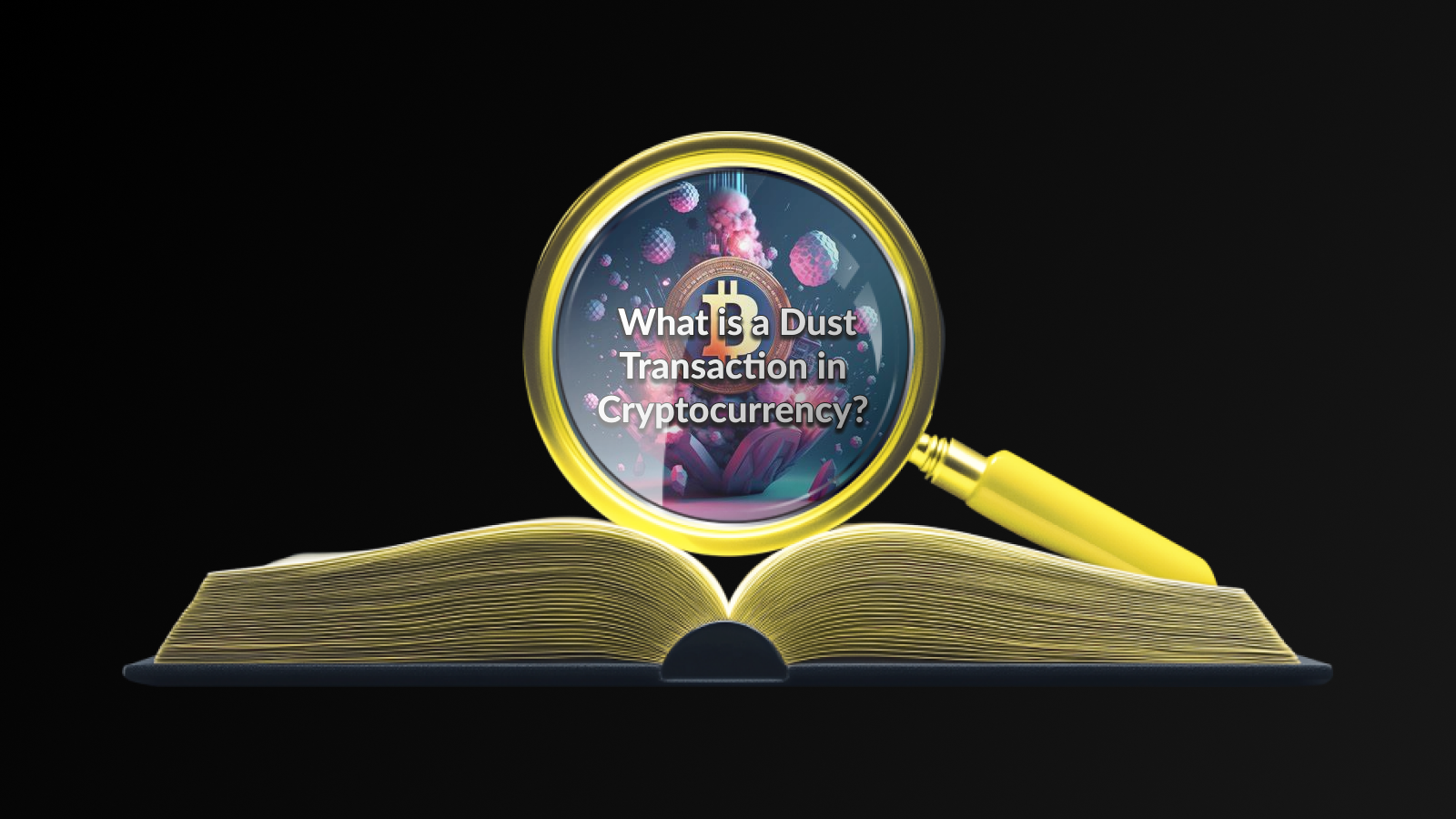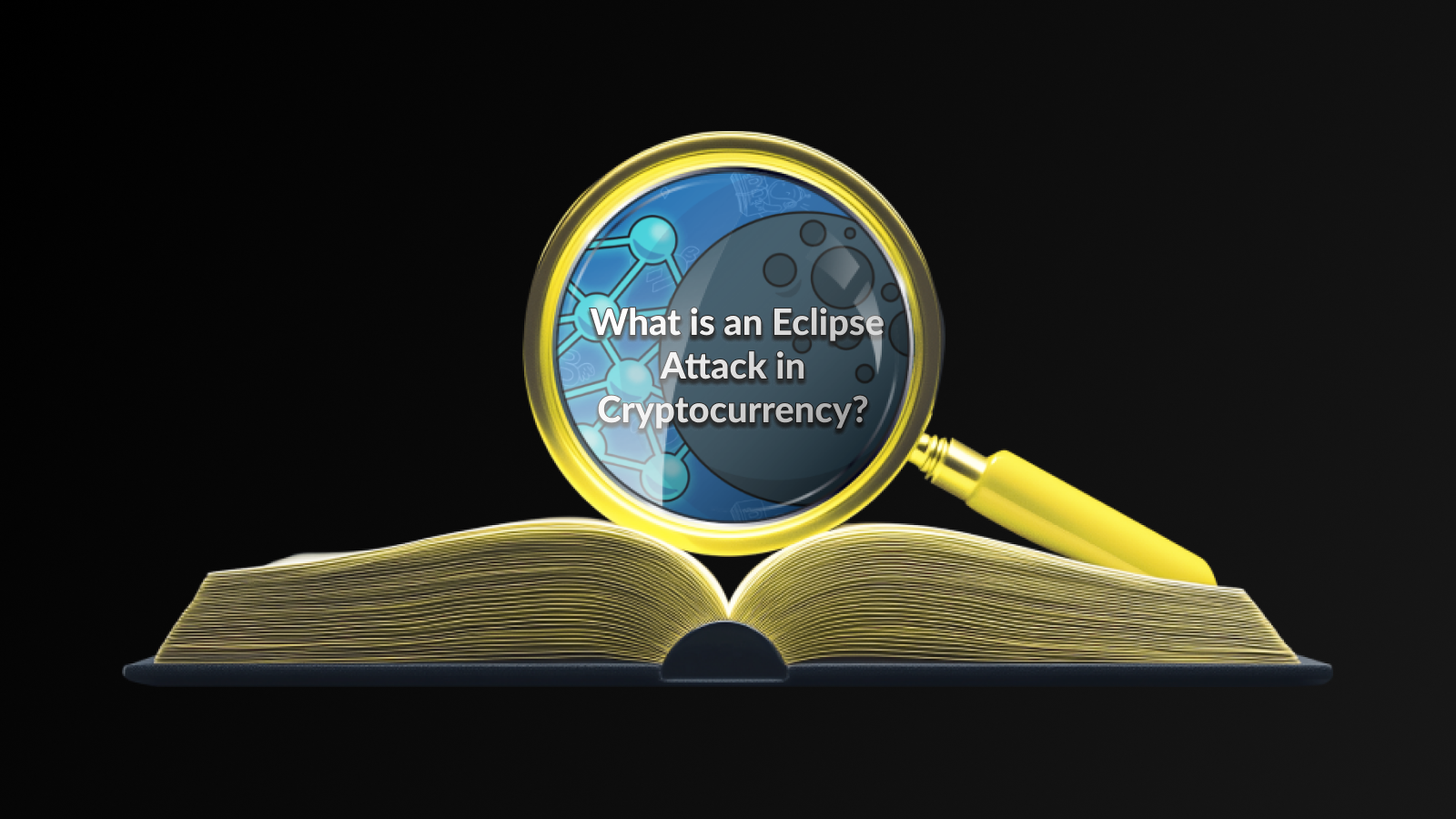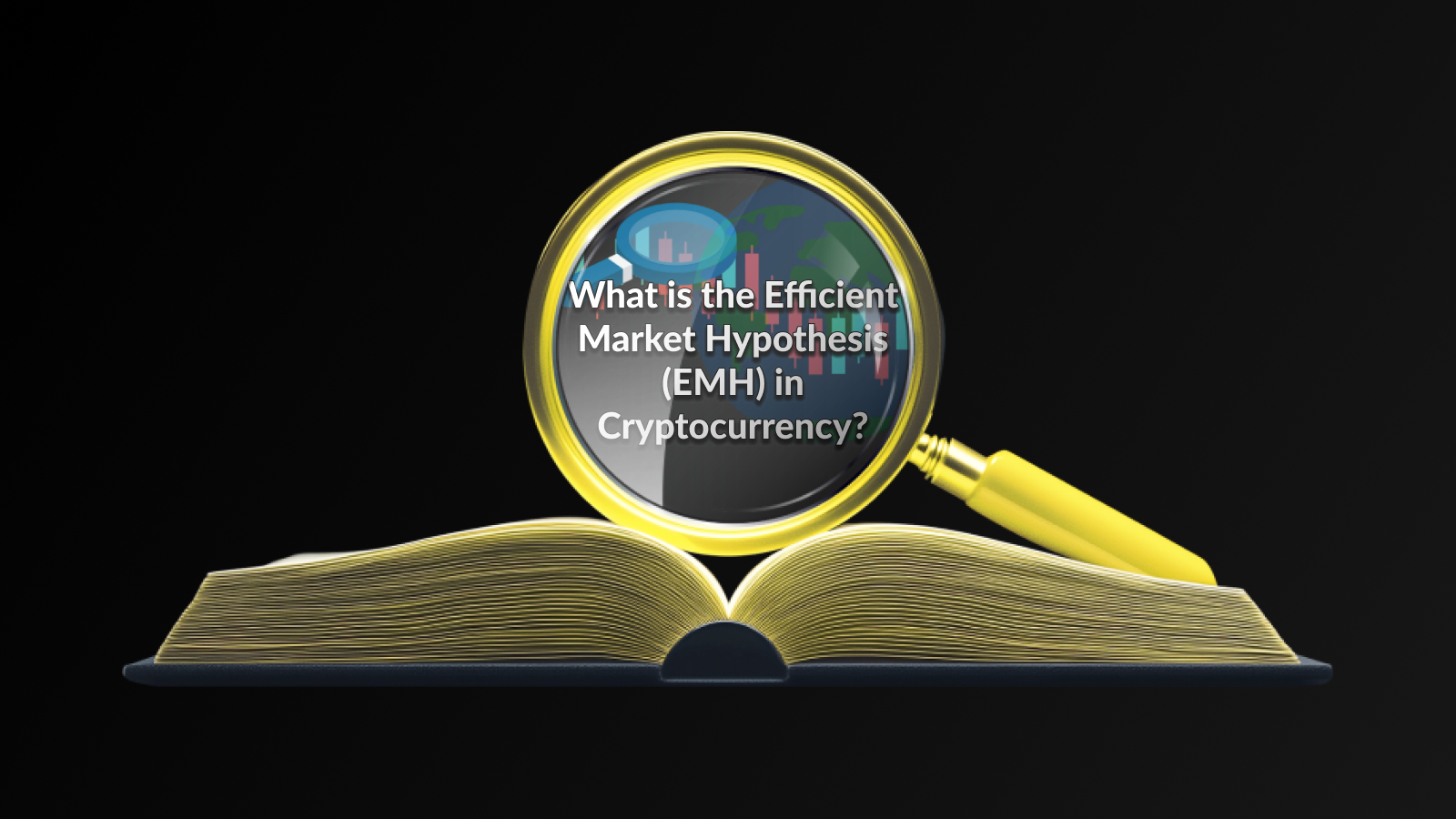Introduction
The concept of a Dust Transaction in Cryptocurrency pertains to very small amounts of cryptocurrency that are often deemed too insignificant for practical use. These tiny fractions can accumulate over time, creating challenges for users who are not aware of their implications. As cryptocurrencies gain popularity, understanding the nuances of transactions, including dust transactions, becomes increasingly crucial.
Dust transactions arise when leftover balances from previous transactions are too low to be transferred efficiently. This situation can lead to a build-up of ‘dust’ in wallets, complicating the process of sending or spending funds. Additionally, due to network fees, these insignificant amounts may ultimately consume more resources than they are worth.
In the world of digital currencies, the term dust can also refer to the activity of malicious entities who use low-value transactions to probe or gather information about wallet addresses. Understanding this can help individuals better appreciate the importance of protecting their wallets and being aware of their transaction histories.
Overall, dealing with dust transactions in cryptocurrency calls for a thorough understanding and effective management strategies. As users become more informed, they can avoid potential pitfalls associated with these transactions, enhancing their overall cryptocurrency experience.
A Dust Transaction in Cryptocurrency typically refers to a transaction involving a very small amount of cryptocurrency, often below the minimum amount that can be efficiently used. These tiny amounts are usually referred to as dust because they are negligible and can barely contribute to significant funding of future transactions. When users perform transactions, they might unintentionally leave behind small fractions of digital currency in their wallets, creating a dust balance that can accumulate over time.
Dust transactions often occur during the buying or selling process, where excessive change is generated. For example, if someone buys a product worth 0.01 BTC while possessing 0.02 BTC, the change received is recorded as a dust transaction. While it may seem negligible, the aggregated dust from various users can lead to significant transaction volume.
Moreover, dust transactions can complicate wallets, as they may clog the network and create inefficiencies when users attempt to consolidate or spend their remaining balances. This results in higher transaction costs and delays since each dust transaction has to be processed on the blockchain.
Another aspect of dust transactions is that they can act as a vector for attacking users’ privacy and security. When users send or receive dust transactions, their trails can be traced by malicious actors, leading to unwanted surveillance and potential hacking attempts.
Why Are Dust Transactions a Security Concern?
Dust transactions in cryptocurrency are often viewed as a nuisance, but they can pose significant security risks for both users and the blockchain network. One of the primary concerns is that these small transactions can be exploited by malicious actors to track users’ wallets. When a dust transaction is sent to a wallet, the recipient may inadvertently reveal their cryptocurrency balance and transaction history, allowing hackers to build a profile of the user’s financial activity.
Moreover, these minimal amounts, while seemingly insignificant, can be combined with techniques like dusting attacks. In this scenario, attackers send tiny amounts of cryptocurrency to many different wallets to track the movement of funds and identify the main wallet holders. This could lead to potential theft, as users may not recognize the dust transaction or may be tempted to spend the dust, thus exposing their larger holdings.
Another layer of concern is the interplay of dust transactions with network congestion. When a significant number of dust transactions flood the network, it can lead to slower transaction times and higher fees, impacting overall usability and security. This flaw can create an ideal environment for further malicious strategies that could compromise the integrity of the blockchain.
Therefore, understanding the risks associated with dust transactions in cryptocurrency is crucial for all users. By recognizing these potential security threats, individuals can take proactive steps to protect their assets and maintain their privacy in the increasingly complex landscape of cryptocurrency.
How Can You Protect Yourself from Dust Transactions?
To safeguard yourself from the risks associated with Dust Transaction in Cryptocurrency, it’s crucial to adopt a proactive approach. First, consider using wallets that have robust security features allowing you to manage and categorize your transactions. These wallets can often help you identify and separate dust transactions from your main balance, making it easier to monitor your assets.
Second, regularly monitor your transaction history to stay aware of any dust transactions. This regular check can help you spot potential issues early on, allowing you to take necessary actions before they escalate. It’s advisable to familiarize yourself with your wallet’s interface to easily distinguish regular transactions from dust transactions.
Moreover, be wary of any unsolicited engagements or offers from unknown entities asking to manage your cryptocurrency. Many dust transactions often stem from scams that aim to deceive users into compromising their wallet security. Always prioritize security when granting access or sharing information.
Educate yourself about Dust Transaction in Cryptocurrency and its implications in the crypto ecosystem. The more informed you are, the better prepared you’ll be to navigate the complexities of cryptocurrency transactions and protect your investments.
Frequently Asked Questions
What is a dust transaction in cryptocurrency?
A dust transaction refers to the transfer of a very small amount of cryptocurrency, typically a fraction of a coin, which is often negligible in value. These transactions are generally considered uneconomical due to high transaction fees compared to the amount being transferred.
Why do dust transactions occur?
Dust transactions can occur due to various reasons, including the leftover fractional amounts resulting from larger transactions, or when users attempt to test transactions with minimal amounts, or simply accumulate small amounts over time.
What are the implications of dust transactions for users?
For users, dust transactions can lead to increased transaction fees, as processing these tiny amounts might not be economical. Additionally, holding a significant amount of dust can clutter a user’s wallet, making it less efficient for managing assets.
Can dust transactions be consolidated?
Yes, dust transactions can often be consolidated into a larger transaction to make them more manageable. This process involves combining several small amounts from dust transactions into one transaction, which may save on fees when making a larger transfer.
Are dust transactions a concern for privacy?
Yes, dust transactions can pose privacy concerns. They can be used to track user activity on the blockchain, as even small transactions are publicly recorded, potentially linking identities and financial behavior.
How do exchanges handle dust transactions?
Many cryptocurrency exchanges have specific policies regarding dust transactions. Some may allow users to trade or convert dust amounts into other cryptocurrencies, while others might impose limits or fees on transactions involving dust.
Is it possible to prevent dust transactions in the future?
While it’s not possible to entirely prevent dust transactions, users can manage their wallets actively by consolidating small amounts or using features provided by certain exchanges or wallets that automatically manage or convert dust.
Disclaimer
This article is for informational purposes only and does not constitute financial, legal, or investment advice. Cryptocurrency investments and transactions involve risks due to market volatility and security threats. Always conduct your own research (DYOR) and consult with a professional before making any financial decisions. Darkex does not guarantee the accuracy of the information provided and assumes no responsibility for financial losses.





